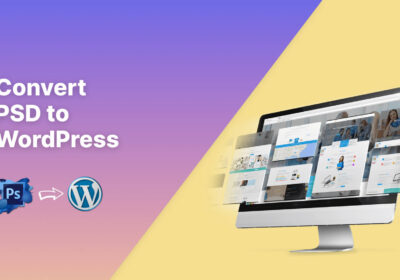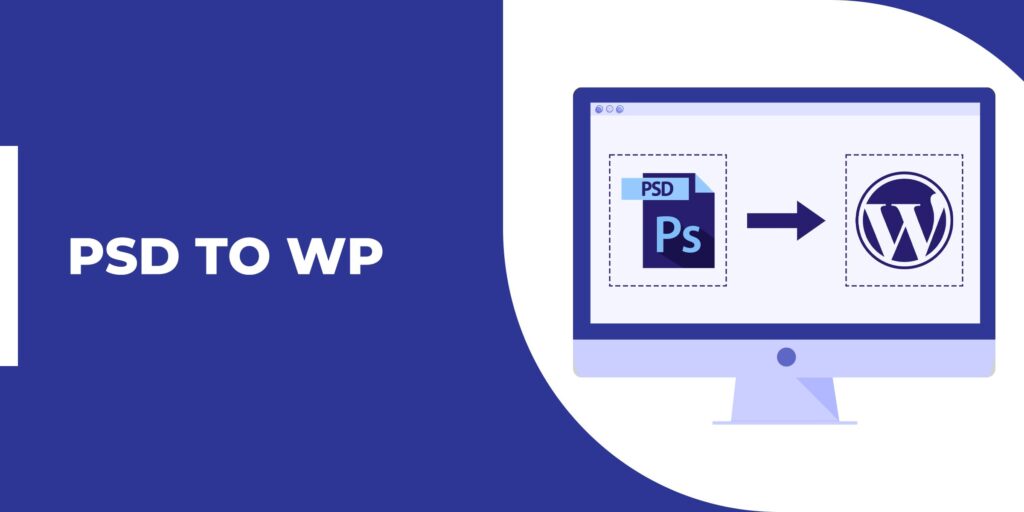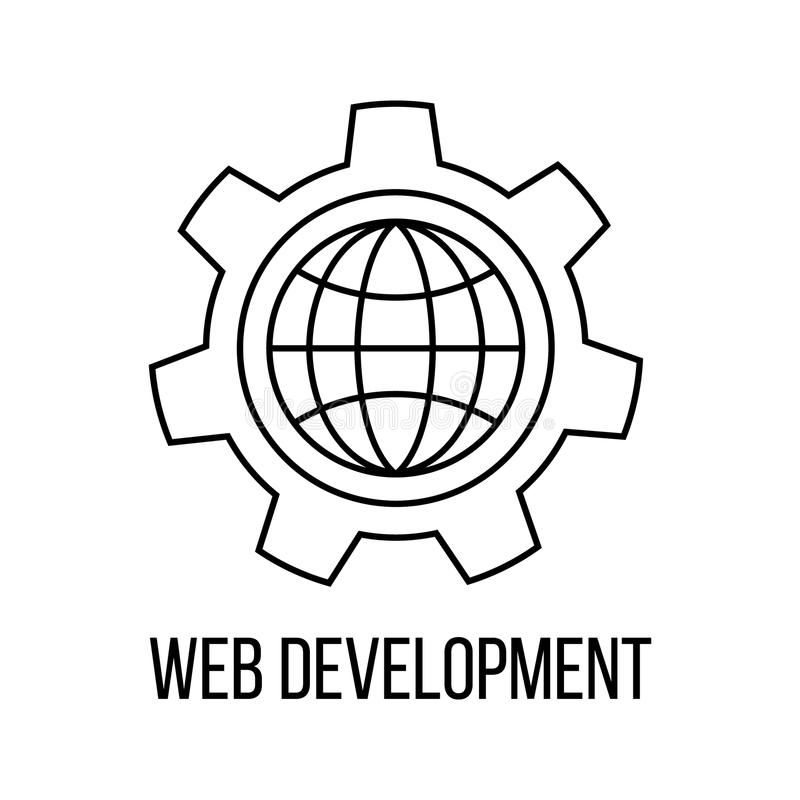A Comprehensive Explanation of the PSD to WordPress Conversion Process

The process of converting static PSD designs into dynamic and interactive websites is a crucial step in bringing captivating online experiences to life. This process, known as PSD to HTML/CSS/JS conversion, involves transforming a Photoshop Document (PSD) into well-structured HTML, CSS, and JavaScript code.
Gathering Requirements and Analyzing the PSD Design
The PSD to WordPress conversion process begins with understanding the client’s requirements and carefully analyzing the PSD design. The web development team studies the layout, elements, and interactions portrayed in the design to determine the optimal approach for the conversion.
Slicing the PSD Design
The PSD design is sliced into different components, such as the header, footer, navigation menu, content sections, and more. Each component is separated to ensure individual elements can be coded and styled effectively during the conversion process.
Developing the HTML Structure
The next step involves creating the HTML structure. The development team writes clean and semantically structured HTML code, ensuring proper use of headings, paragraphs, lists, and other elements for enhanced accessibility and search engine optimization.
Implementing CSS Styles
CSS styles are applied to the HTML structure to bring the visual elements of the design to life. The development team ensures that the layout, colors, typography, and other design attributes are accurately represented across different screen sizes and devices, providing a responsive and user-friendly experience.
Integrating JavaScript Functionality
JavaScript is utilized to add interactivity and dynamic features to the website. From interactive sliders and carousels to form validations and menu animations, JavaScript plays a crucial role in enhancing the user experience and functionality of the website.
Cross-Browser and Device Testing
After the conversion is complete, the website undergoes rigorous cross-browser and device testing. The development team ensures that the website functions flawlessly on various web browsers (such as Chrome, Firefox, Safari, and Edge) and adapts seamlessly to different devices (including desktops, tablets, and smartphones).

Optimization for Performance
Website performance is a critical aspect of the PSD to HTML/CSS/JS conversion process. The development team optimizes the code, images, and assets to reduce loading times and improve overall website performance.
Content Management System (CMS) Integration
In some cases, the converted HTML/CSS/JS files are integrated into a Content Management System (CMS) such as WordPress, Joomla, or Drupal. This integration allows clients to easily manage and update website content without needing to delve into the code.
Launching the Website
Once the testing and optimization phases are complete, the website is ready for launch. The development team deploys the website to the live server, making it accessible to users worldwide.
Final Say
The process of converting PSD designs to WordPress involves a series of intricate steps, each contributing to the creation of a visually appealing, user-friendly, and fully functional online presence. The process ultimately results in a website that captivates users, communicates the brand’s message effectively, and provides a seamless browsing experience.
